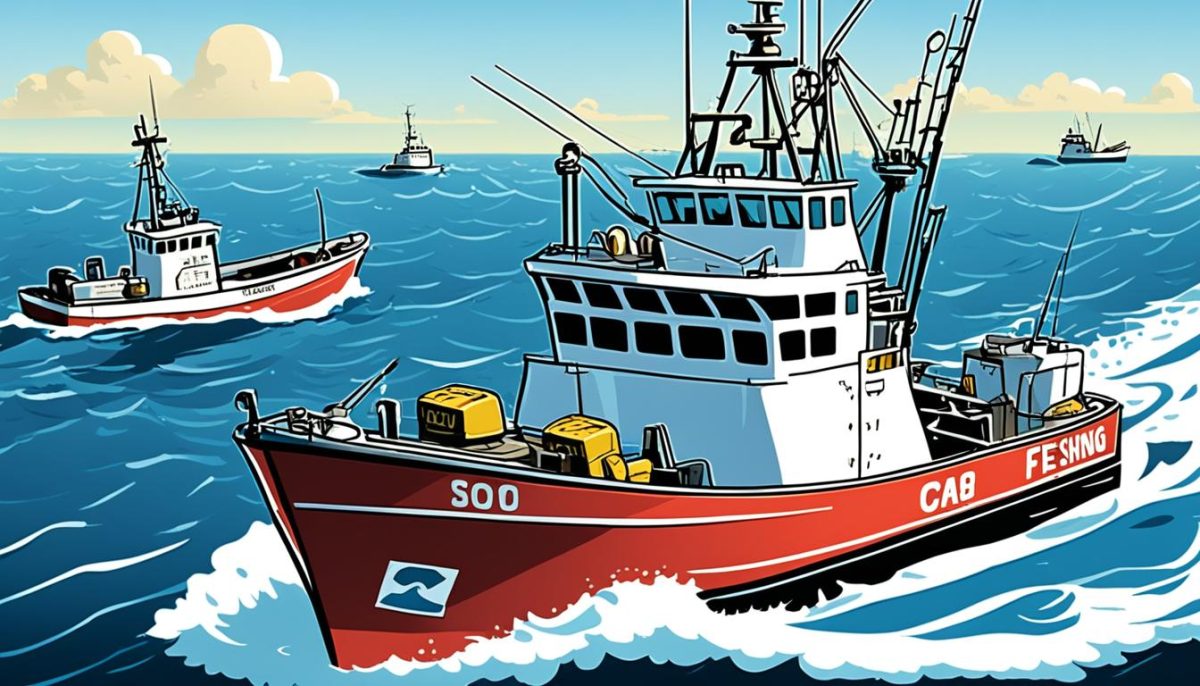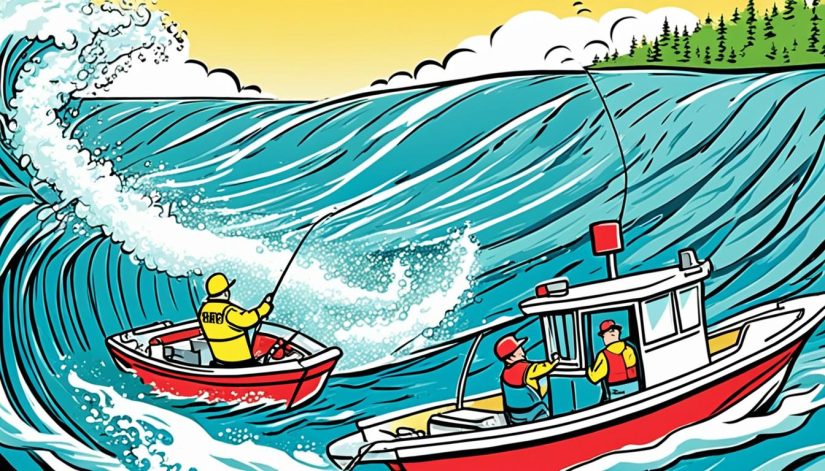As we venture out onto the waterways, it’s crucial to be mindful of our surroundings and the diverse array of vessels we may encounter. One such vessel that requires our utmost attention and understanding is the commercial fishing boat. These boats often operate with different priorities and procedures than recreational vessels, and it’s essential that we learn how to navigate safely and respectfully around them. In this article, we’ll explore the steps we should take to ensure a smooth and considerate encounter with a fishing boat while we’re out in our own vessel.
Maintaining a clear understanding of the unique needs and challenges faced by commercial fishing operations is the first step in ensuring a safe and harmonious coexistence on the water. By recognizing the priorities of these hardworking fishermen, we can adapt our own practices to minimize disruptions and demonstrate our commitment to responsible boating.
Respecting the Rights of Fishing Boats
When navigating our vessels on the open water, it’s crucial that we respect the rights and priorities of commercial fishing boats. These hardworking vessels are often engaged in crucial fishing operations that can involve deploying large nets, lines, or other specialized equipment. Maintaining a safe distance and avoiding any disruptions to their work is not only courteous but also essential for ensuring the safety of all mariners.
Understanding the Priorities of Commercial Fishing Operations
Commercial fishing boats have unique needs and challenges that we must be mindful of. Their primary focus is on the successful execution of their fishing activities, which can involve complex maneuvers and unexpected movements. By understanding the importance of these operations, we can make informed decisions that prevent us from interfering with their work and ensure the safety of everyone on the water.
Maintaining Safe Distances and Avoiding Disruptions
When navigating around commercial fishing vessels, it’s crucial that we maintain a safe distance and avoid any actions that could disrupt their fishing operations. This might mean altering our course, slowing down, or even waiting for an opportune moment to pass by. By being patient and considerate, we can help ensure the success of the fishing crew’s efforts and minimize the risk of accidents or incidents.
“Respecting the rights and priorities of commercial fishing boats is not only the right thing to do, but it also helps to maintain a safe and harmonious environment on the water for all mariners.”
By following these guidelines and being mindful of the unique needs of commercial fishing vessels, we can navigate our own boats with confidence while also supporting the important work of the fishing industry. This not only promotes safety but also fosters a greater sense of camaraderie and understanding among all who enjoy the waterways.

Communication and Courtesy on the Water
When we encounter a fishing boat, it’s crucial that we communicate our intentions clearly and courteously. This may involve using proper signaling techniques, such as horn blasts or visual cues, to indicate our presence and our intended course of action.
Proper Signaling and Hailing Procedures
We should also consider hailing the fishing boat directly, using appropriate communication channels, to ensure that the crew is aware of our presence and can coordinate our movements accordingly. By maintaining open and respectful communication, we can help to ensure a safe and harmonious encounter on the water.
Effective communication and courtesy on the water are essential for navigating safely and avoiding potential conflicts. By following proper signaling and hailing procedures, and demonstrating respect for the rights and priorities of fishing boats, we can contribute to a more harmonious and collaborative maritime environment.

